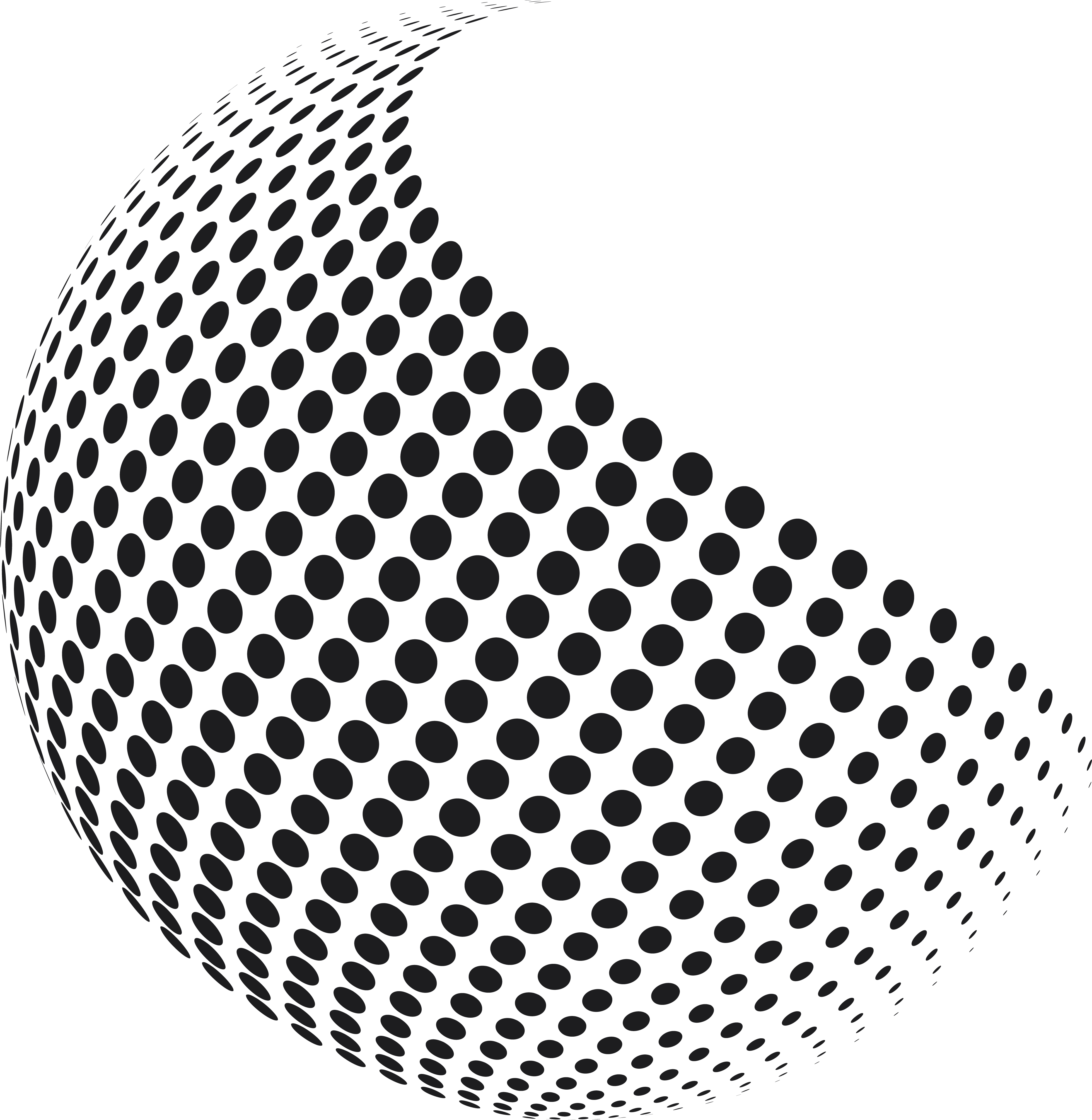Textile Trends 2025: What’s Shaping the Fabric World This Year?
- Grey Exim
- Feb 14
- 2 min read
Explore Plain Fabrics or dive into Digital Prints.

The global textile industry is experiencing a wave of transformation in 2025, driven by sustainability, innovation, and shifting consumer demands. From smart textiles to eco-friendly manufacturing, the future of fabrics is more exciting than ever. Let’s explore the major trends shaping the textile industry this year.
The Rise of Smart Textiles & AI-Driven Manufacturing
Technology is revolutionizing the textile world with AI-powered fabric production and smart textiles that adapt to user needs. Key developments include:
Self-cleaning fabrics – Reducing the need for frequent washing and enhancing durability.
Wearable tech textiles – Integrating sensors for health monitoring and performance enhancement.
AI in design & manufacturing – Increasing efficiency with automated quality control and predictive analysis.
2025 Textile Trends: Sustainability Takes Center Stage
Aspect | Sustainable Fabrics | Conventional Fabrics |
|---|---|---|
Environment Impact | Lower carbon footprint, less waste | Higher environmental impact |
Production Process | Eco-friendly, reduced chemical use | Intensive farming, chemical use |
Durability and Quality | More durable, longer-lasting | May wear out faster |
Cost | Higher upfront cost, cost-effective long-term | Cheaper upfront, higher long-term costs |
Health and Safety | Safer for skin, fewer chemicals | May contain harmful residues |
Eco-friendly initiatives are now a priority, with brands focusing on:
Recycled and biodegradable fabrics – Reducing waste and carbon footprint.
Waterless dyeing technologies – Saving billions of liters of water annually.
Circular fashion movements – Encouraging fabric recycling and upcycling to minimize waste.
Global Trade & Market Shifts
The textile trade landscape is evolving, with:
Growth in emerging markets – Increased demand in Southeast Asia and Africa.
Changes in trade agreements – Impacting fabric imports and exports globally.
Digitalization of B2B transactions – Online fabric sourcing is streamlining the supply chain.
Some of the key regions include:
Bangladesh: Known for its ready-made garments industry.
Vietnam: Another significant player in the textile and apparel industry.
Turkey: A rapidly growing market with a strong textile and apparel industry.
India: One of the largest producers of textiles and garments.
Key trade routes for these markets include:
Conclusion
2025 is a game-changing year for textiles, with technology and sustainability shaping the industry’s future. The latest 2025 Textile Trends highlight how innovation, eco-conscious practices, and global trade shifts are defining the fabric landscape. Whether you're a manufacturer, designer, or textile enthusiast, staying informed about these trends will help you stay ahead.
What’s your take on the future of textiles? Share your thoughts in the comments below and stay updated with the latest trends!




"Greyexim's commitment to quality and innovation truly shines through in this article! It's refreshing to see a company so dedicated to sustainable practices, customer satisfaction, cutting-edge technology. Keep up the fantastic work!"
Fantastic article! The advancements in smart textiles and AI-driven manufacturing are impressive. It's inspiring to see the textile industry prioritizing sustainability. The future looks bright for fabrics.